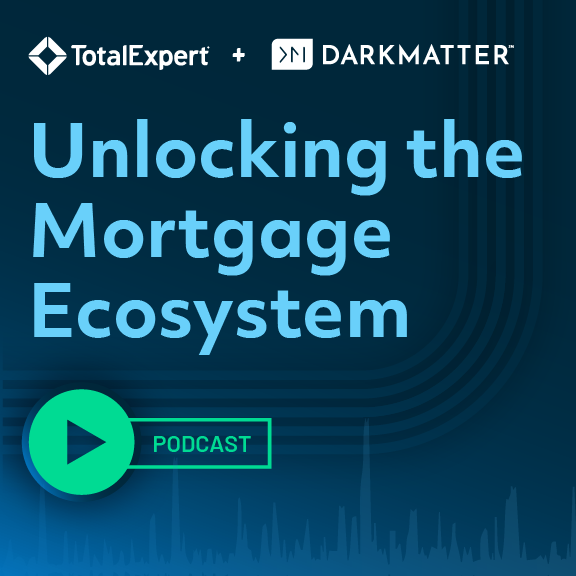What if you could make contact with a customer at the precise time that person was thinking about doing something that involved your services? What if you could multiply the referral business from your portfolio of past clients by three to four times?
With the tools, data points and integrations available today that are constantly growing more powerful and precise, the answer to both questions is: “It’s entirely possible.” To thrive – not simply survive – in today’s industry requires understanding and awareness of our business landscape: Consumers are being marketed to at an alarming rate.
Mortgage and real estate professionals can no longer send emails and postcards by rote and expect to remain relevant. Lenders and mortgage loan officers (MLOs) with robust post-close marketing programs who are consistent in their client follow-up can’t assume that they will come to mind when consumers are ready to do business.
The speed of technological development – and the nearly instant affect it has on consumer demands – have reduced what were formerly robust marketing plans and efforts to mere basics in danger of being tuned out or ignored altogether. Automation and “big data” will help you stay in front of people and connect with them when they are considering something they want or need that involves your services, and help you avoid getting lost in the masses of marketing clutter coming at your coveted clients every day.
Using Big Data Effectively
Using big data effectively – or at all – requires a clean database. This can be challenging for MLOs who have been at multiple companies that have not unified their marketing systems and tools. However, it’s critical to have a data warehouse or CRM set up and in use.
Once you have your data in place, you can set various triggers to alert you when your contacts are engaged in various activities and integrate services that will allow you to overlay supplemental data to generate opportunities. Depending on how your technology stack is set up, you may get a notification that someone in your database just filled out a mortgage application that resulted in an inquiry. This person could be considering a move up or down, or a refinance, making it an ideal time to reach out in a personal way via phone, text or video.
Used properly, big data is far less labor intensive and more reliable than analyzing a database by hand, sorting through past clients and choosing to contact people based on the number of years since a customer has moved or done a refinance.
Keeping Your Communications Customized and Personalized
Keep in mind that consumers still want a relationship when completing a complex financial transaction. Communication based on big data alerts must be easy and natural – as though you just happened to be thinking of someone.
Calling and saying, “Hello – I just saw that your credit was pulled, is there anything I can help you with?” will make people feel data-mined and uncomfortable. Blindly dialing your way through your database and calling “just to see how people are doing” can also be annoying. But current, relevant market information such as home appreciation rates, interest rate comparisons and reasons why an equity review might be helpful can be a welcome notification of an opportunity a consumer might not otherwise know was available.
Using big data to connect with clients at the right time and place of decision-making is not a substitute for proper, human-to-human relationship management, but it is an extra layer of insurance that can boost your production.
Automated big data is not an excuse to be lazy. In fact, it should empower you to increase production. MLOs who have been in the business for five to ten years know there is a level of predictability within a past customer database. Adding automation allows companies and producers to achieve an upswing in efficiency with data intelligence.
Setting MLOs Up for Success at the Organizational Level
Ensuring past client retention and new client capture using a combination of technology and personal outreach requires tools put in place at the organizational level that set MLOs up to win. The right combination of structure, services and APIs will put MLOs in front of people at the moment of consideration and decision, which is exponentially more profitable than random, generic marketing.
The key to winning with big data is to make sure you use it effectively as a supplement to other things you’re already consistently doing to maintain client relationships. That’s the difference between offensive/ intrusive communication and that which is welcomed (and extremely profitable). Don’t replace personalization – enhance it and add efficiency. If you do it right, you’ll win customers for life.


